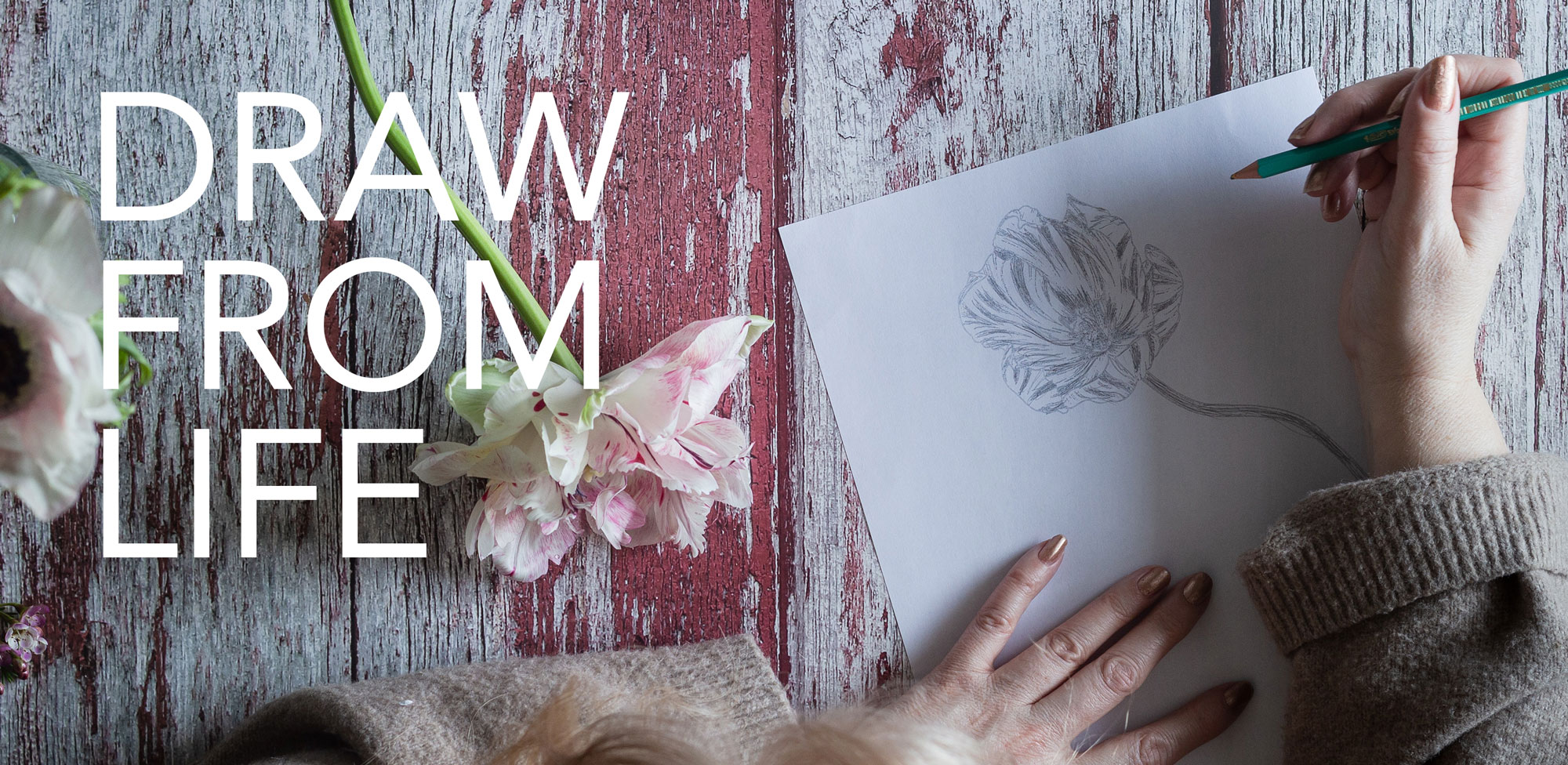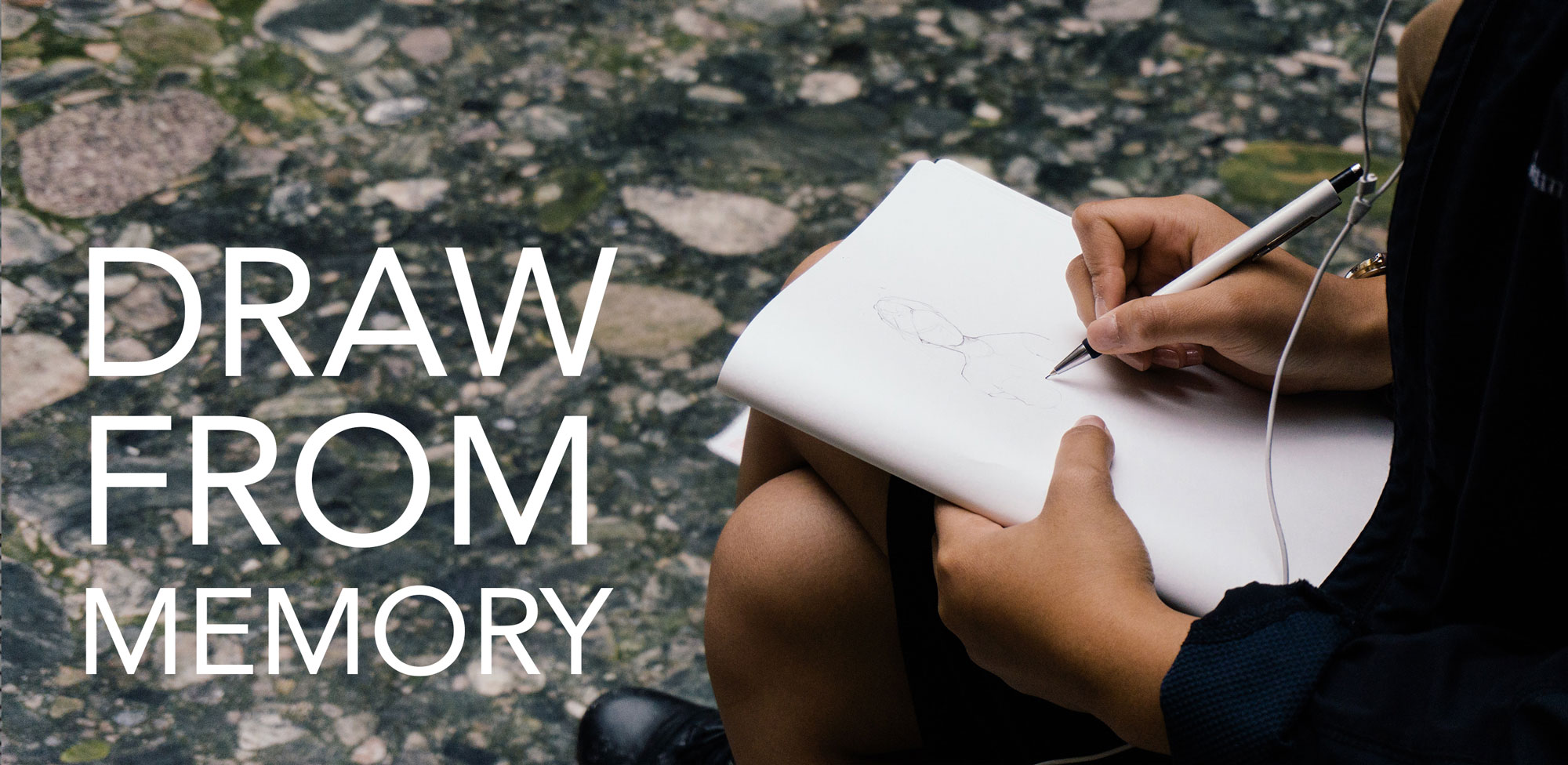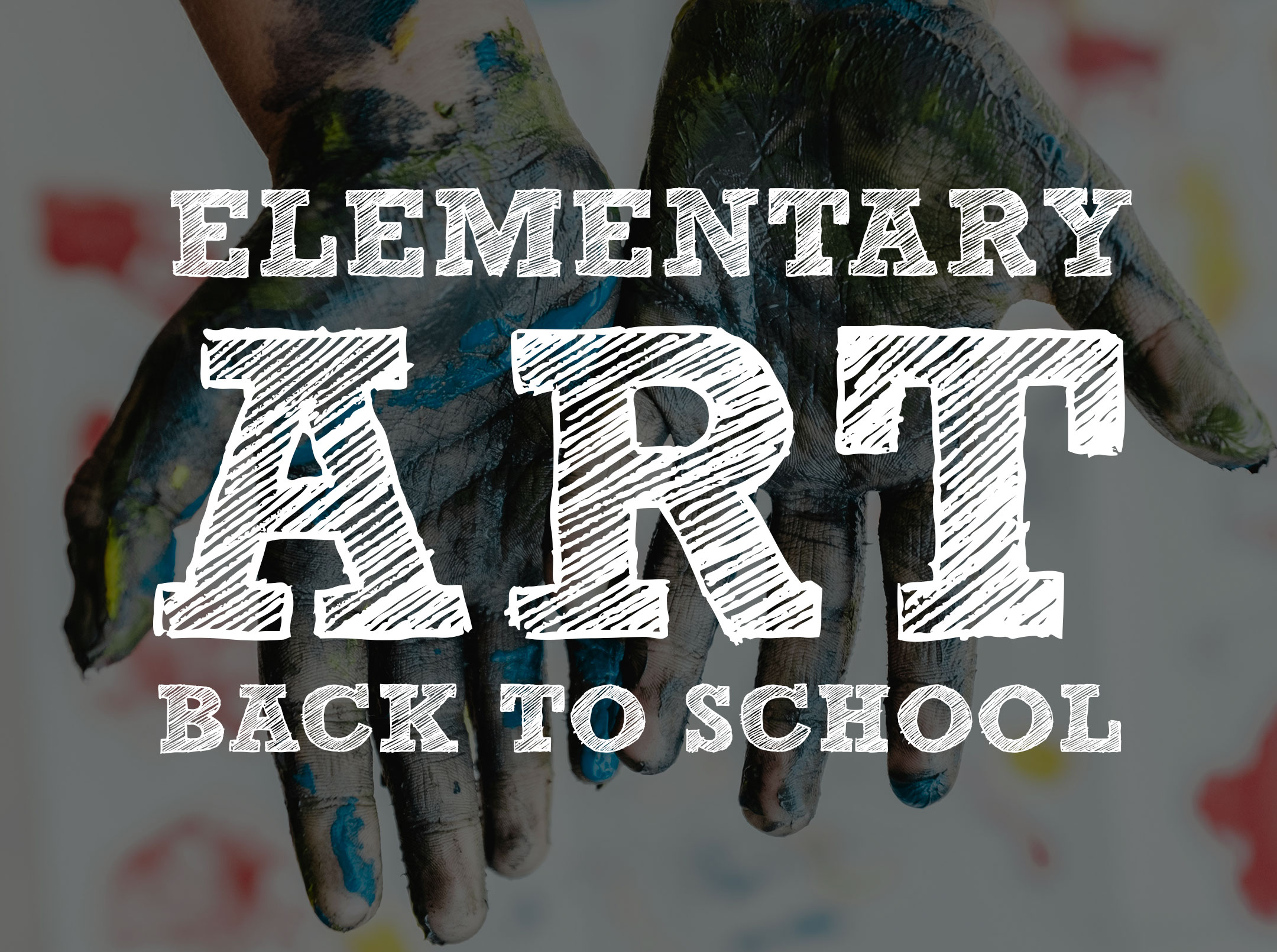
Are you looking for sketchbook ideas to keep students engaged in your middle school art or high school art class? Encouraging students to embrace daily sketchbook activities is a way to build confidence in your art classroom. Although it can be challenging to keep students engaged, by providing them with a structured time, specific instructions, and keeping it quick (5 minutes!) students will get into the habit of daily sketching. Check out sketchbook ideas below.
By breaking down the week into specific themes, we can guide students through a range of exploration and technique-building while also focusing on regular art-making habits. In this blog post, we will explore how to incorporate different prompts throughout the week to make the most out of your daily sketchbook routine. You can also check out another blog post on sketchbook ideas to get a broad overview on how to successfully implement them here.
KEEP IT SIMPLE!
The key to a successful daily sketchbook activity is simplicity. Treat it as a quick and easy warm-up exercise, something students can engage in at the beginning of each class or as a bell ringer at the end of class. This approach allows for consistency and routine while eliminating the intimidation factor.
I display one PowerPoint slide a day at the beginning of class or at the end of class. The slide lists supplies to grab, instructions for what to do, and an image to draw or use as inspiration. You can hit the easy button and get a semester pack of these slides on my TPT here or website here or get an entire school year of daily sketchbook prompts (180 prompts!) on my TPT here or my website here.
Remember, the focus is on the process, not the finished product. Grade students on their time management, effort, and care for supplies rather than the aesthetic quality of their sketches. Tailor your expectations to each student’s individual skill level, meeting them where they are and encouraging growth.
A Weekly Guide for Prompts:
Monday: Drawing from Life

Kickstart the week by honing observational skills. Although an image is included on the PowerPoint slide I display, I want students to find an object to physically put in front of themselves to draw. Topics can range from a pencil to the teacher’s desk, as long as they can see it and touch it. Emphasize capturing details and proportions accurately. I encourage students to explore value and add a cast shadow if there is time.
Tuesday: Combining Elements of Art

Introduce the fundamental elements of art by assigning prompts that require students to incorporate these elements into their sketches. This could include creating patterns, exploring symmetry, or experimenting with different textures. Often these topics will focus on combining line, shape, and value to create patterns. Include color if time allows. Topics can range from adding a pattern to a drawing of sunglasses to combining shapes to create a vase and decorating it. This does not have to include observational drawing, I like to have a simple reference photo on the slide for students to draw and then add patterns to it.
Wednesday: Drawing from Memory

Wednesday sketchbook ideas focus on memory. Encourage imagination and creativity by having students draw from memory. After a few days of warming up with sketches, I like to push them in the middle of the week. Drawing from memory can be more challenging than drawing from life. I always include an image for students to use as a jumping-off point. If they can’t think of anything to draw, they can always draw the reference image (although it misses the point of drawing from memory, it keeps them engaged). Topics can include drawing their bed, what they ate for breakfast, or drawing a portrait of a pet.
Thursday: Shading and Value Techniques

Sketchbook ideas on Thursday always focus on value. Guide students through practices like cross-hatching, stippling, and blending to enhance their understanding of light and shadow. Start with simple topics such as creating a grayscale, drawing a cone and adding value by stippling, before moving to more complex topics such as drawing and shading their eye.
Friday: Creative Focus

End the week on a fun and light note. Provide silly or open-ended prompts that encourage students to think outside the box and express their creativity freely. I love challenging students with random topics such as drawing what you think an animal that is part whale and part ladybug would look like. This is a day to have fun, be silly, and think creatively.
Supplies:
To keep the daily sketchbook routine seamless, simplify the supplies. Opt for tools that are easy to manage and clean up, ensuring a smooth transition in and out of the activity. Consider having the following supplies on hand:
- Pencils
- Erasers
- Pens
- Extra fine tip Sharpies
- Colored pencils
- Markers
- Crayons
Daily Sketchbook Ideas & Instructions:
Clear communication is vital to the success of daily sketchbooks. Avoid relying solely on verbal instructions, as this may lead to confusion for visual learners or miss students who aren’t fully tuned in. Instead, provide written instructions either through printouts or digital displays. Create a visual guide for each prompt, including the task, an inspirational image, additional instructions, and a list of supplies.
Remember to scaffold the concepts throughout the weeks, starting with simpler prompts and gradually increasing complexity. This ensures that students build confidence and techniques over time.
Additional Resources:
For those looking for a less structured approach, consider incorporating a sketchbook prompt jar. This provides students with the autonomy to choose prompts randomly, inspiring a variety of ideas. You can use this as an early finisher or fast finisher activity, sub plan, or fun art Friday station.
Conclusion:
It can feel intimidating to set aside time every day for students to work in their sketchbooks, but with the right structure, it will be successful. Not only will students practice techniques, but you will also engage students at the beginning or end of class, times when students are often distracted. Also, by breaking down the week into specific themes, simplifying supplies, and providing clear instructions, you create an environment that fosters creativity and skill development. Remember, the goal is to instill a love for art and regular art-making habits in your students. I would love to hear how you use sketchbooks in your classroom!
Don’t forget, you can hit the easy button and get a semester pack of these slides on my TPT here or website here or get an entire school year of daily sketchbook prompts on my TPT here or my website here.
Thanks for stopping by! Don’t forget to follow me on Instagram and TikTok for weekly visual journal demos and other project ideas. Subscribe here to get freebies, project tutorials, and more straight to your inbox. Until next time, keep sketching!






Leave a Reply